Jean Prouvé’s House of Better Days on show at Galerie Patrick Seguin in Paris
The Maison Les Jours Meilleurs, or House of Better Days, by Jean Prouvé is explored in a new show at Galerie Patrick Seguin in Paris
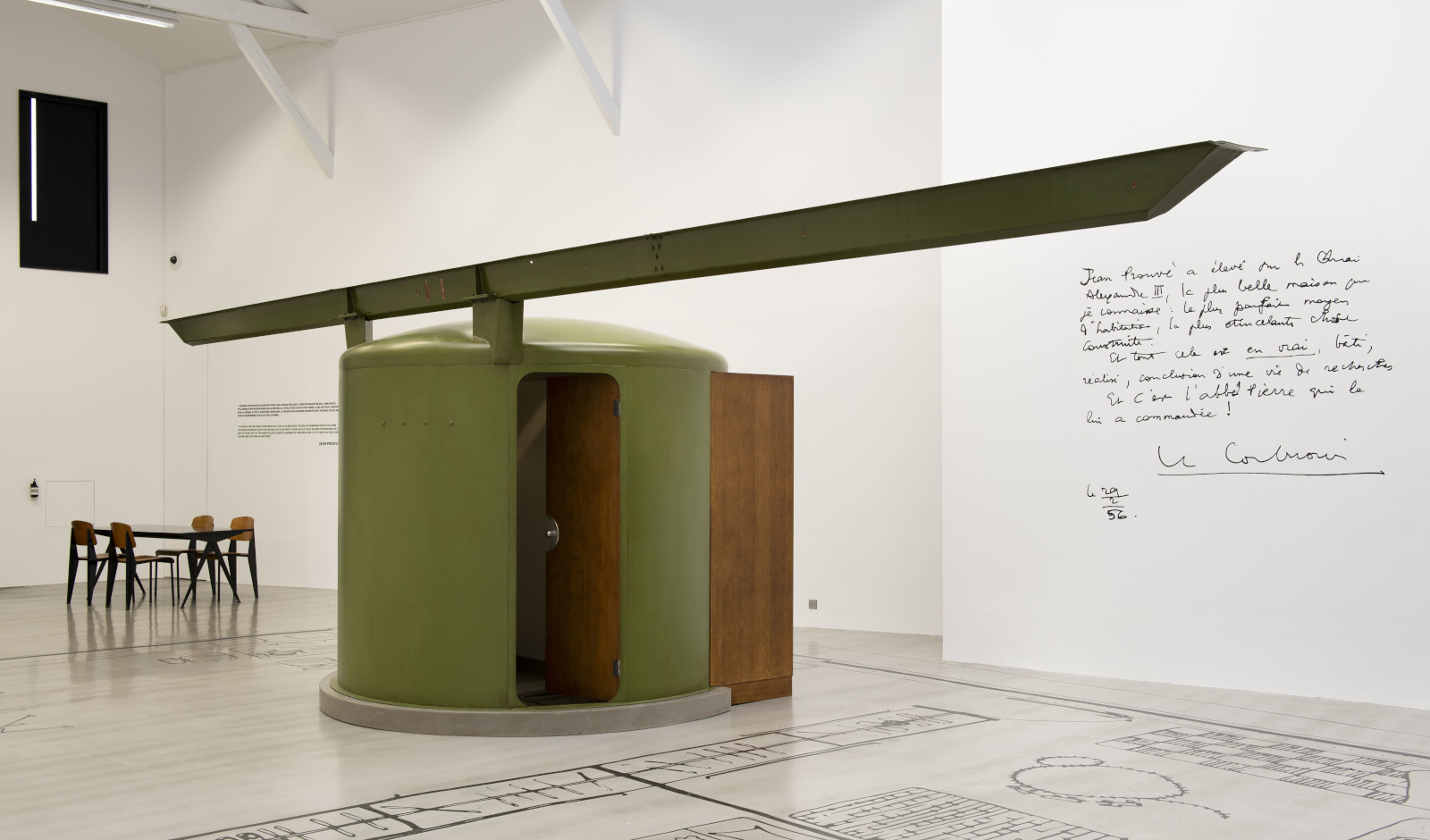
In Paris in February 1956, a prototype prefabricated house designed by French architect Jean Prouvé opened to the public for three weeks on the banks of the Seine. Amidst a post-war housing crisis, the Maison Les Jours Meilleurs, or House of Better Days, was a direct response to an appeal by activist Abbé Pierre for urgent homeless relief in Paris during the brutally cold winter of 1954, which saw widespread suffering and the tragic death of a mother and baby.
Now, 70 years on, an exhibition at Galerie Patrick Seguin in Paris is exploring the house and its social history through deconstructed architectural elements, archive material and the opportunity for the public, once again, to step inside the house – this time in virtual reality (back in 2012, the gallery released an animation of archive imagery and computer graphics that detailed the construction of Maison Les Jours Meilleurs).
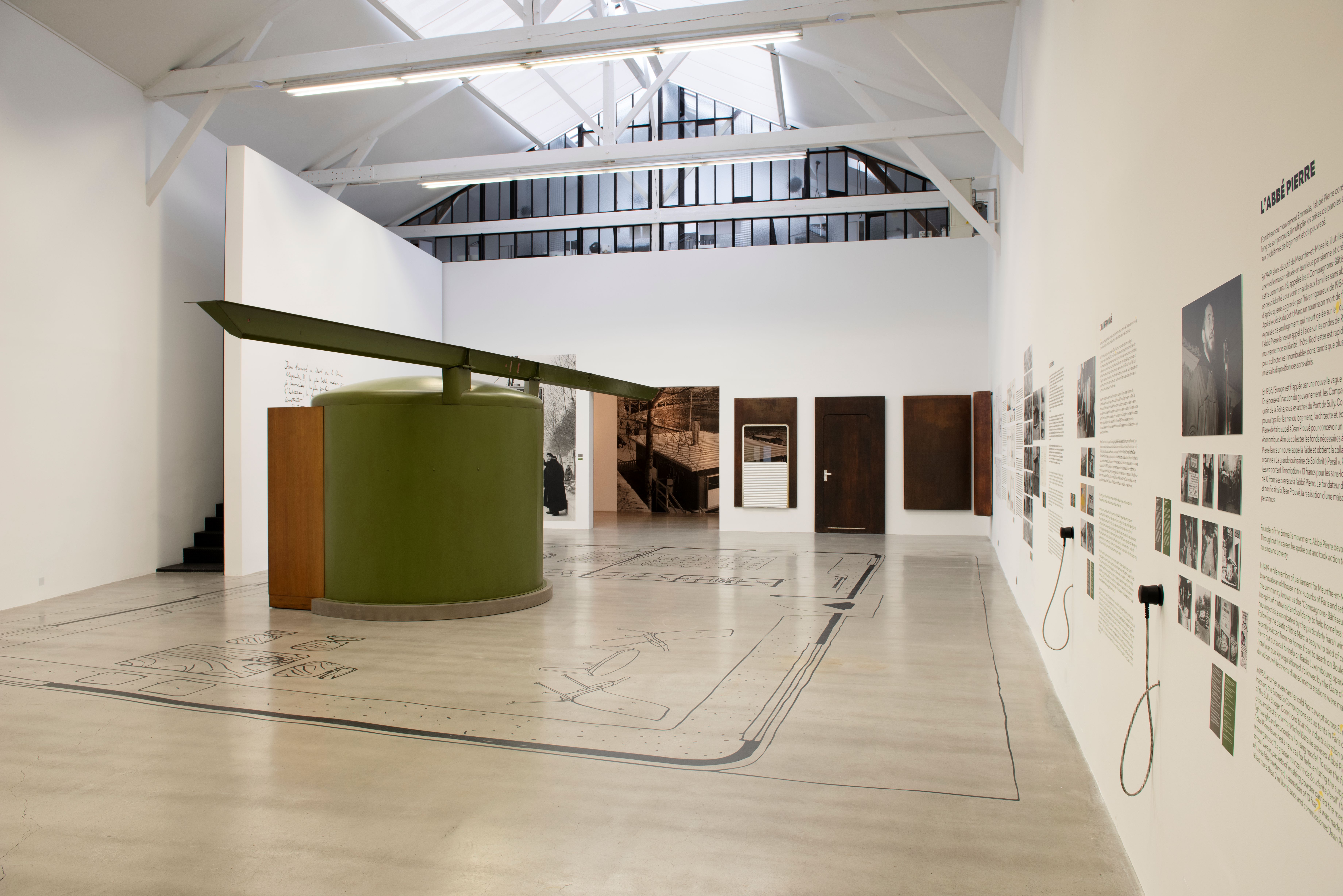
The House of Better Days at Galerie Patrick Seguin
Even with VR headsets beckoning, the exhibition’s pièce de résistance is the very real, load-bearing core of the Maison Les Jours Meilleurs. The finely crafted, sculptural piece of steel was an innovative multi-tasker (greatly admired by Le Corbusier); it supported the building, carried plumbing and ventilation, hid a compact bathroom and revealed a neat kitchen.
At the heart of Prouvé’s concept, it shows that – even though this efficient, low-cost house built of industrial materials including aluminium roof panels and a plywood façade could be constructed within seven hours by two people – precision and craft were not lost.
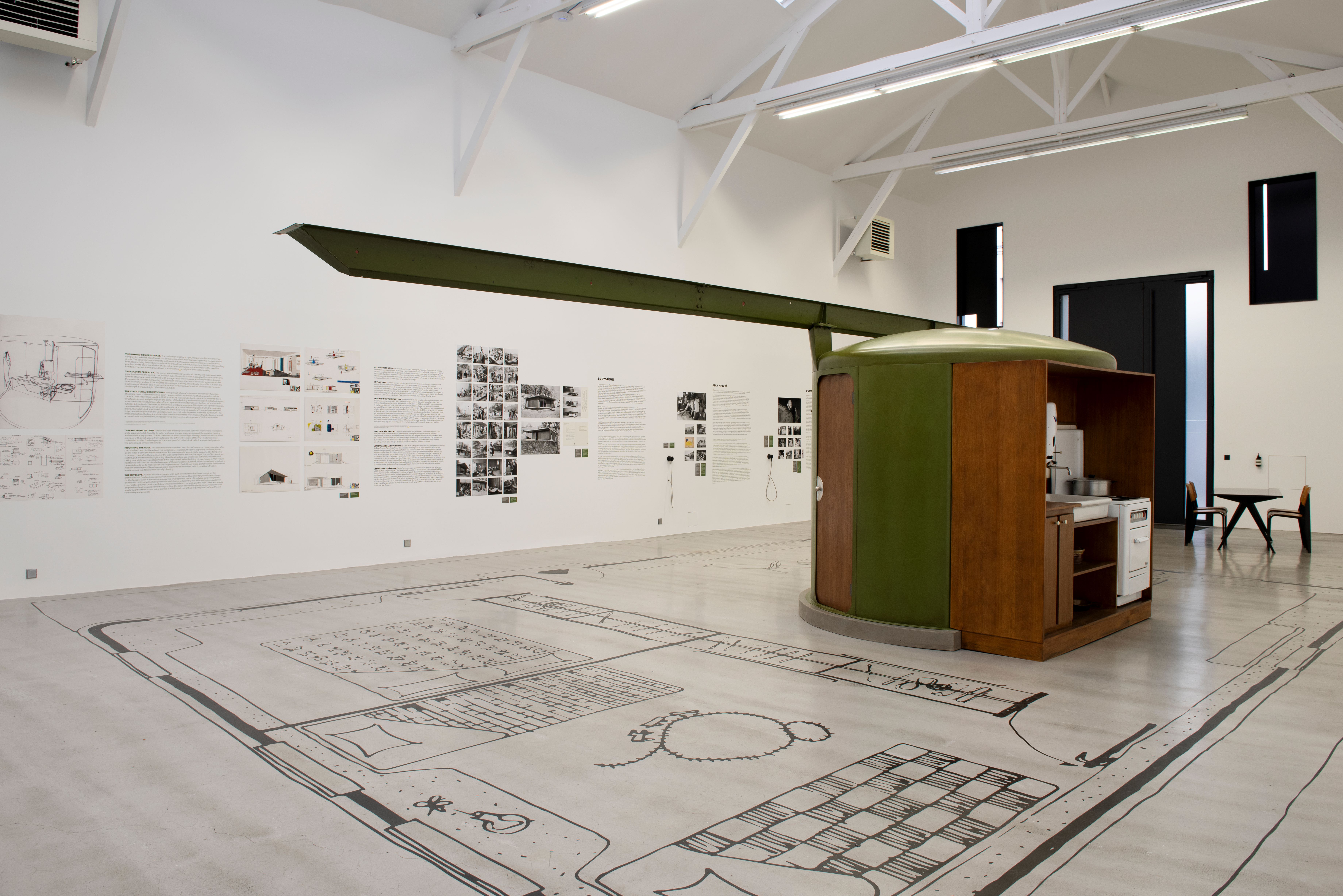
Though the Maison Les Jours Meilleurs was modest at 57 sq m for a family of four, the virtual reality experience helps to communicate the quality of its interior; such as the warmth of its beech wood interior panels (also displayed in the gallery as a comparison) and sliding windows framing cinematic views of the Seine in the 1950s.
Back in 1956, an impressive 96 per cent of visitors approved of the interiors (with 59.8 per cent claiming interest in purchase). Today, achieving a sense of texture and depth virtually was the result of a painstaking collaboration between gallerist Patrick Seguin, VR experience architects Double Geste and architectural visualisers Le Visiomatique, who describe it as a process of ‘reverse archaeology’.
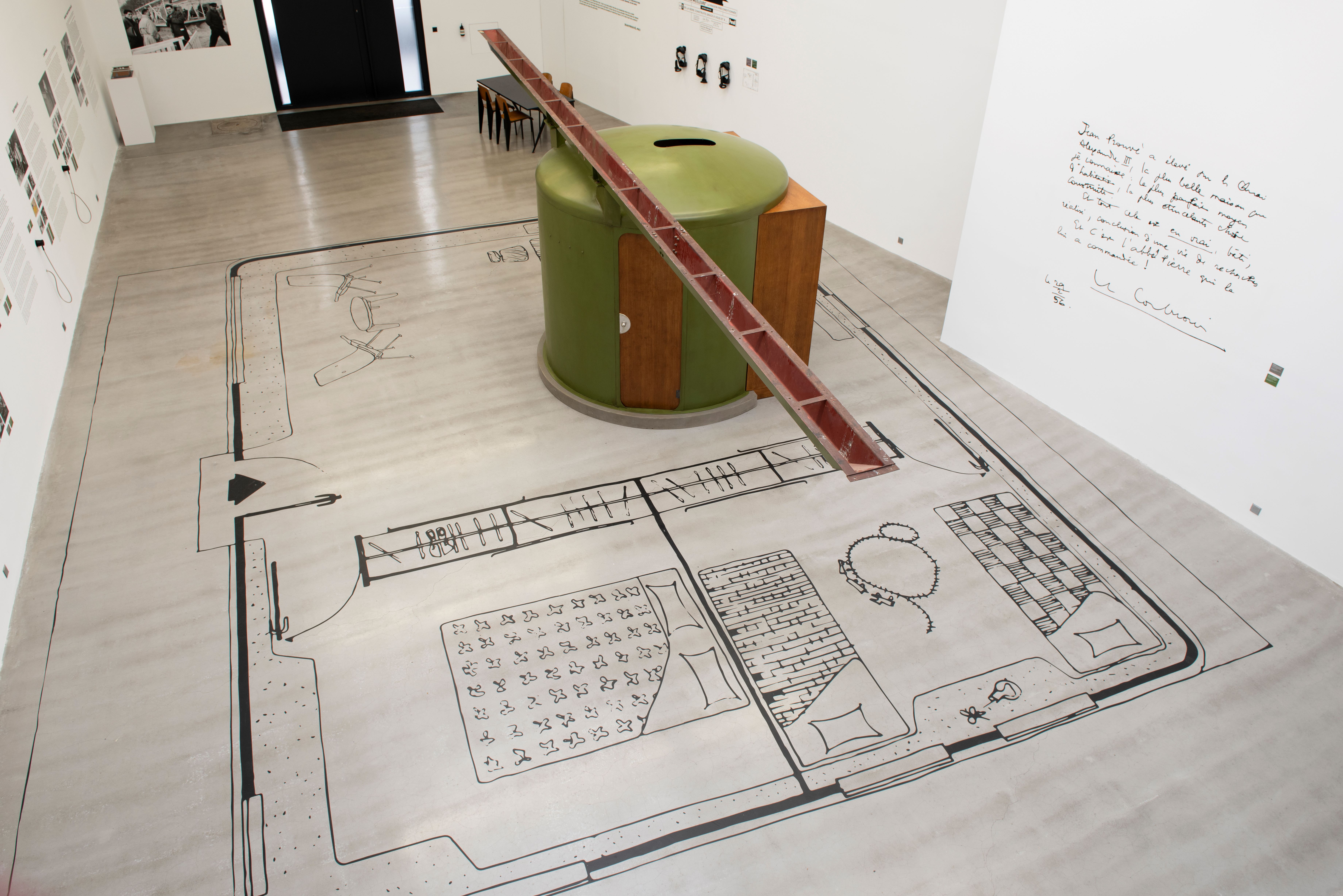
It is through newspaper cuttings, magazine covers and construction photographs that the social history of the house can be better understood, as both a product of its context and the humanist ambitions of its creators, Prouvé and Abbé Pierre.
Receive our daily digest of inspiration, escapism and design stories from around the world direct to your inbox.
Prouvé had been working on ‘emergency’ architecture for many years prior; developing the axial portal frame system patented in 1939, then responding to a government brief for post-war housing in eastern France in 1944. In Paris, Abbé Pierre founded the Emmaüs group, also known as the Compagnons Bâtisseurs, or Companion Builders, dedicated to tackling housing and poverty; and tirelessly raised funds through a campaign with washing powder brand Persil to raise more than two million francs to commission Prouvé.
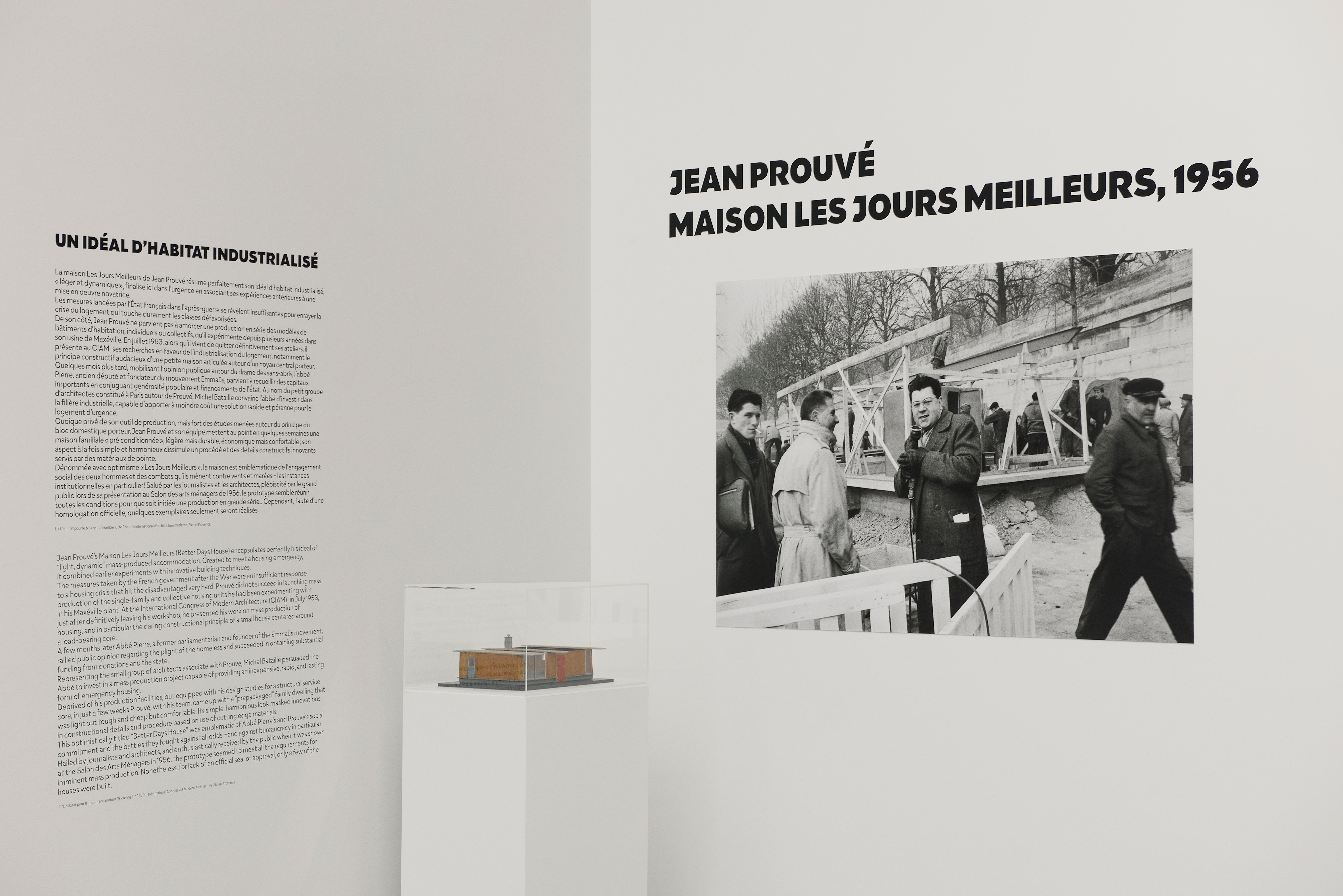
While designed with optimism for a better future, only five Maison Les Jours Meilleurs were ever built – after failing to meet planning restrictions, a proud Prouvé refused to alter his designs. Yet gallerist Patrick Seguin believes there is much to be learnt from the house and its story, commending architects such as Shigeru Ban who continue to work on humanist approaches to emergency architecture today and in this vein, he’s open-minded to see where the virtual maison might travel next.
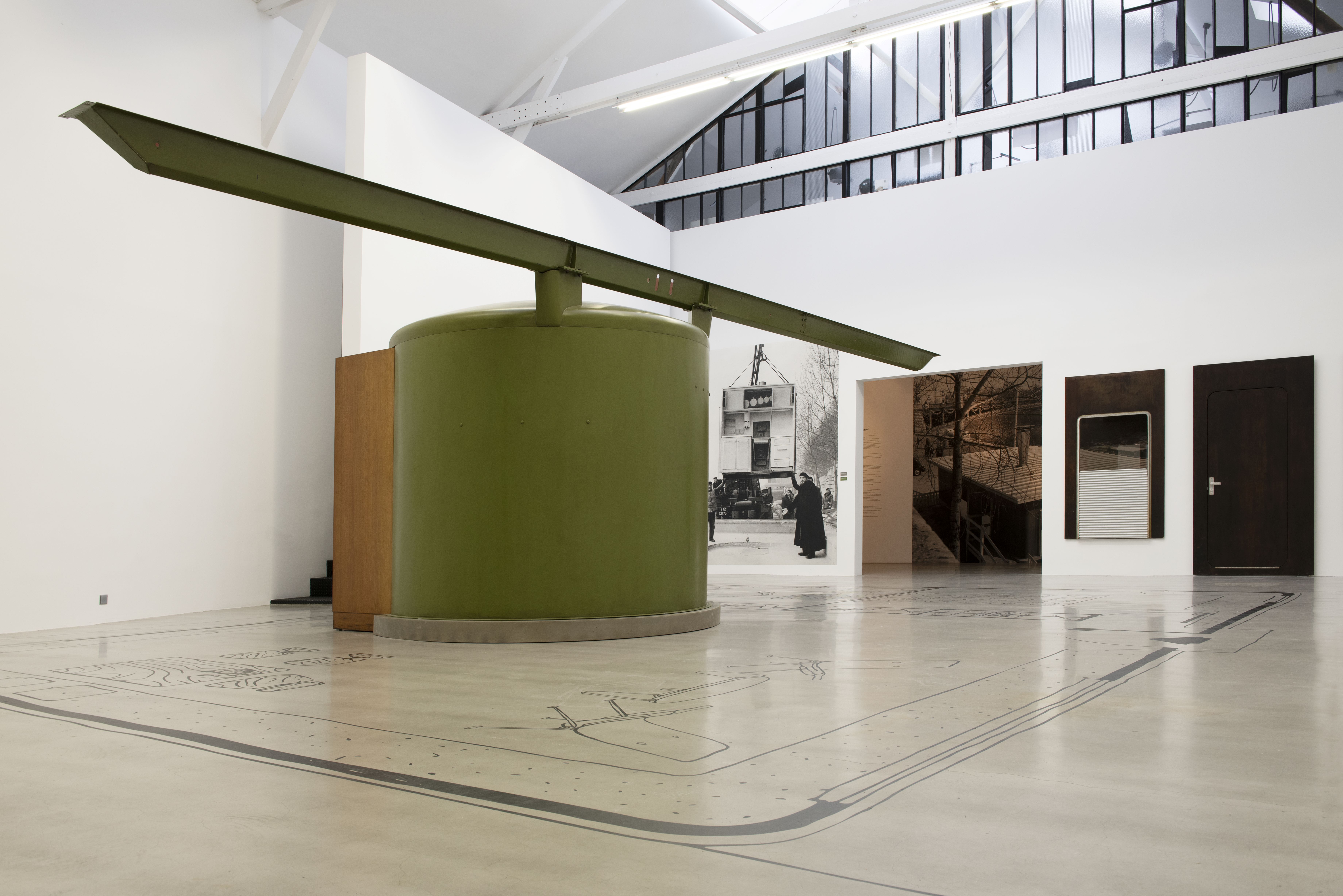
Maison Les Jours Meilleurs, 1956’, Galerie Patrick Seguin, 14 March – 20 April 2024
Galerie Patrick Seguin, 5 rue des Taillandiers, 75011 Paris
Harriet Thorpe is a writer, journalist and editor covering architecture, design and culture, with particular interest in sustainability, 20th-century architecture and community. After studying History of Art at the School of Oriental and African Studies (SOAS) and Journalism at City University in London, she developed her interest in architecture working at Wallpaper* magazine and today contributes to Wallpaper*, The World of Interiors and Icon magazine, amongst other titles. She is author of The Sustainable City (2022, Hoxton Mini Press), a book about sustainable architecture in London, and the Modern Cambridge Map (2023, Blue Crow Media), a map of 20th-century architecture in Cambridge, the city where she grew up.
-
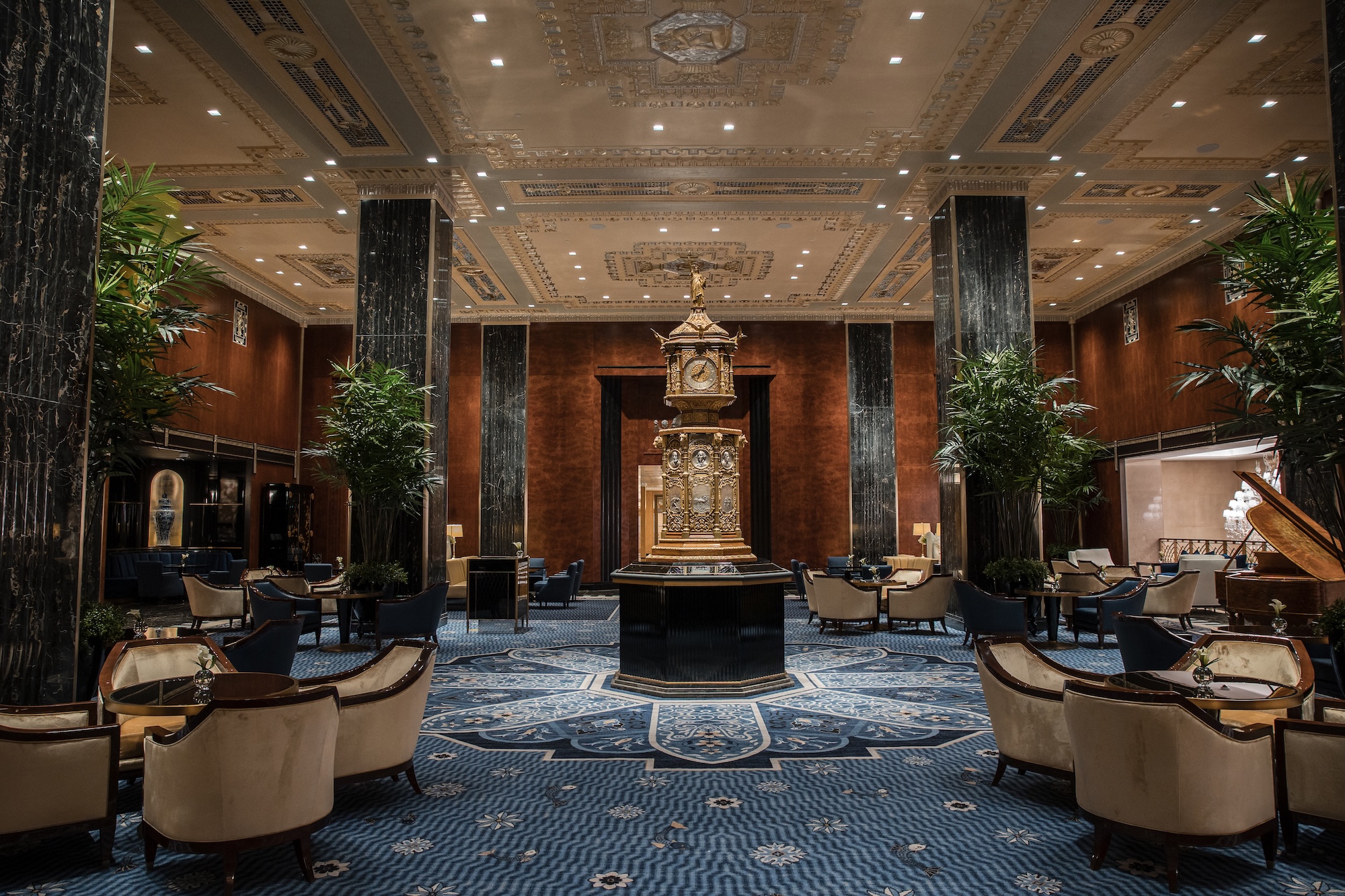 Is the Waldorf Astoria New York the ‘greatest of them all’? Here’s our review
Is the Waldorf Astoria New York the ‘greatest of them all’? Here’s our reviewAfter a multi-billion-dollar overhaul, New York’s legendary grand dame is back in business
-
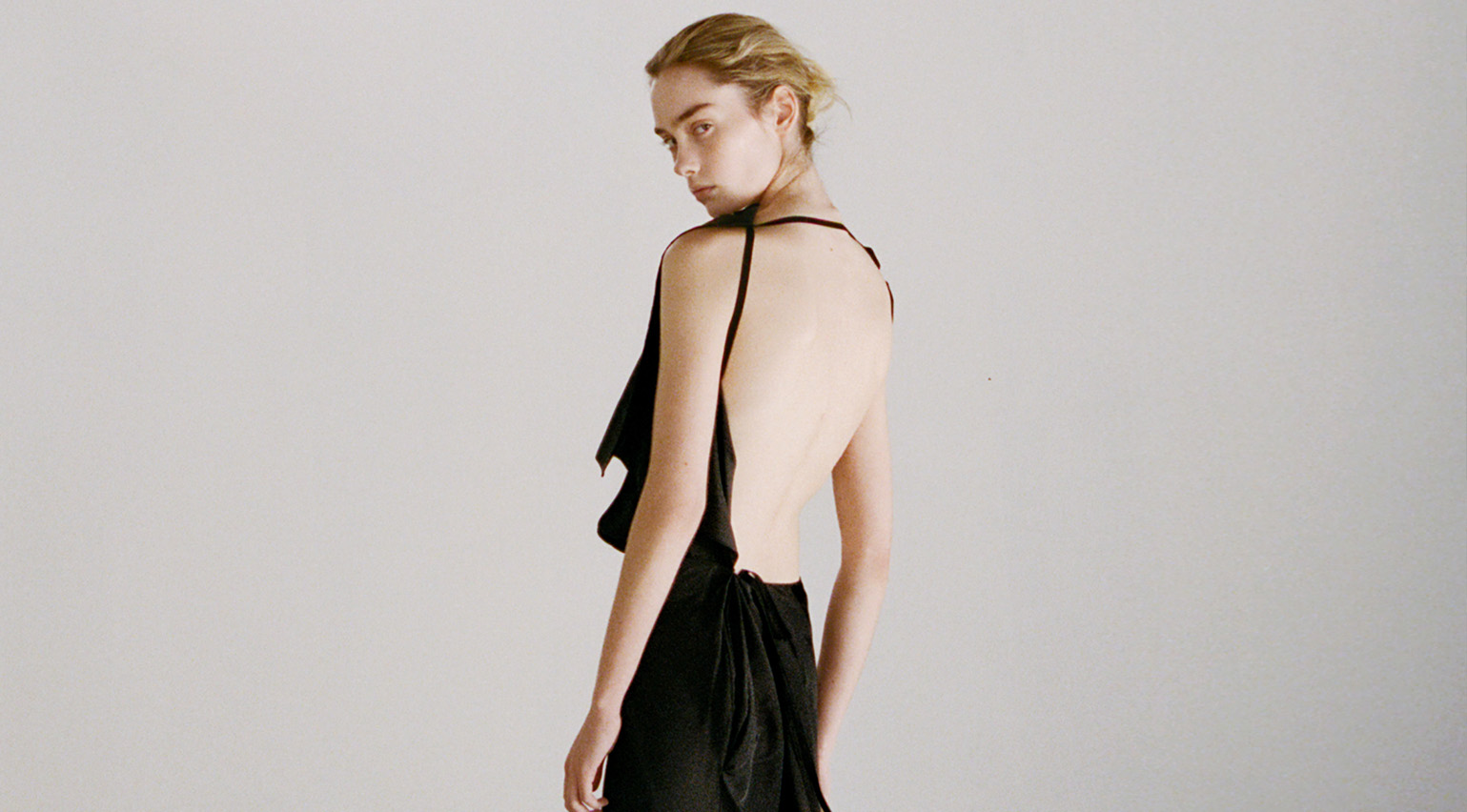 Colleen Allen’s poetic womenswear is made for the modern-day witch
Colleen Allen’s poetic womenswear is made for the modern-day witchAllen is one of New York’s brightest young fashion stars. As part of Wallpaper’s Uprising column, Orla Brennan meets the American designer to talk femininity, witchcraft and the transformative experience of dressing up
-
 A new Korean garden reimagines tradition for the 21st century
A new Korean garden reimagines tradition for the 21st centuryThe new Médongaule Korean Gardens in Gyeonggi Province explore the country’s rich tradition; within it, the Seongok Academy Building provides a layered spatial experience drawing on heritage and a connection with nature
-
 This modernist home, designed by a disciple of Le Corbusier, is on the market
This modernist home, designed by a disciple of Le Corbusier, is on the marketAndré Wogenscky was a long-time collaborator and chief assistant of Le Corbusier; he built this home, a case study for post-war modernism, in 1957
-
 ‘You have to be courageous and experimental’: inside Fondation Cartier’s new home
‘You have to be courageous and experimental’: inside Fondation Cartier’s new homeFondation Cartier pour l'art contemporain in Paris invites us into its new home, a movable feast expertly designed by Jean Nouvel
-
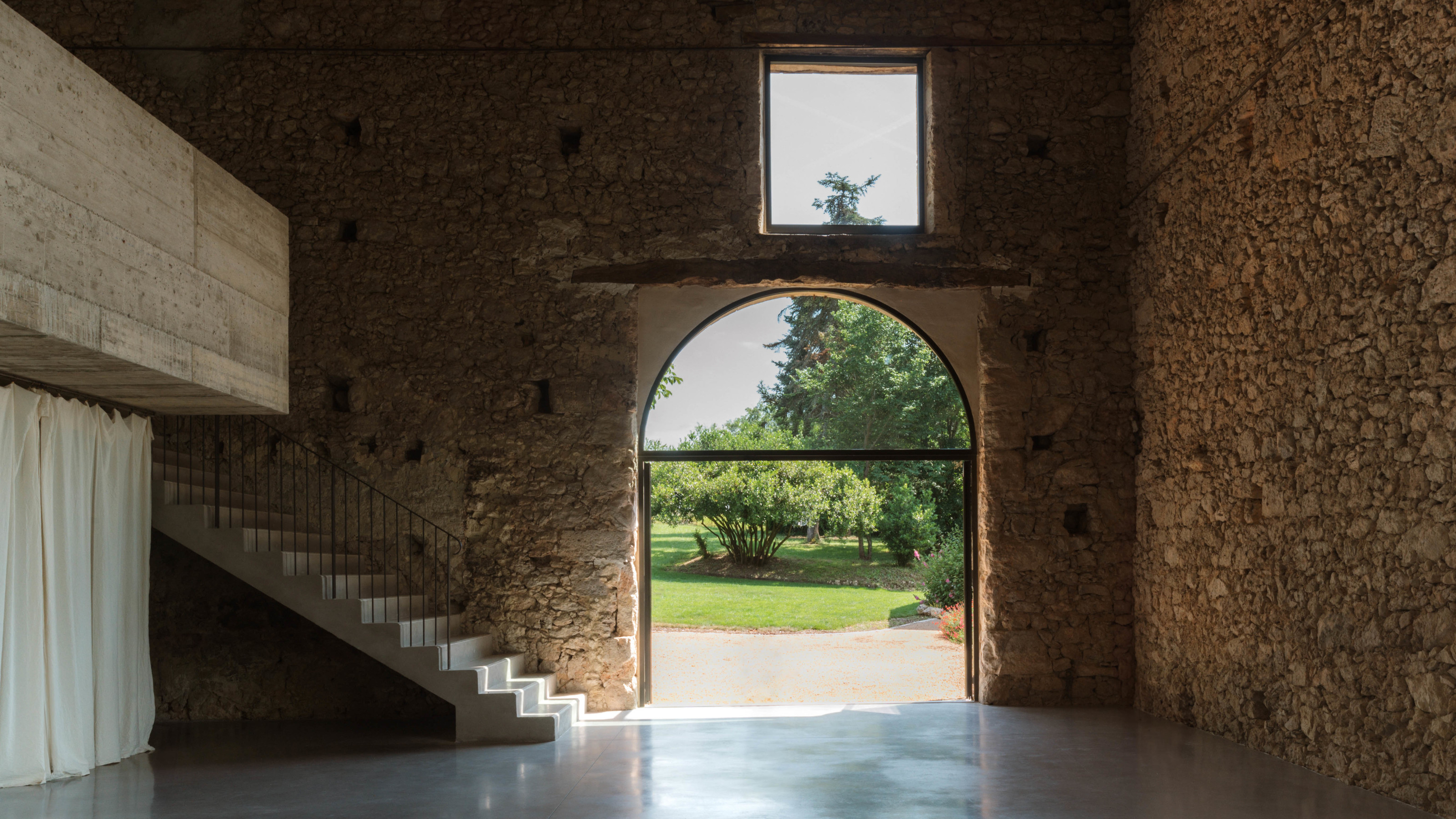 A wellness retreat in south-west France blends rural charm with contemporary concrete
A wellness retreat in south-west France blends rural charm with contemporary concreteBindloss Dawes has completed the Amassa Retreat in Gascony, restoring and upgrading an ancient barn with sensitive modern updates to create a serene yoga studio
-
 The Architecture Edit: Wallpaper’s houses of the month
The Architecture Edit: Wallpaper’s houses of the monthThis September, Wallpaper highlighted a striking mix of architecture – from iconic modernist homes newly up for sale to the dramatic transformation of a crumbling Scottish cottage. These are the projects that caught our eye
-
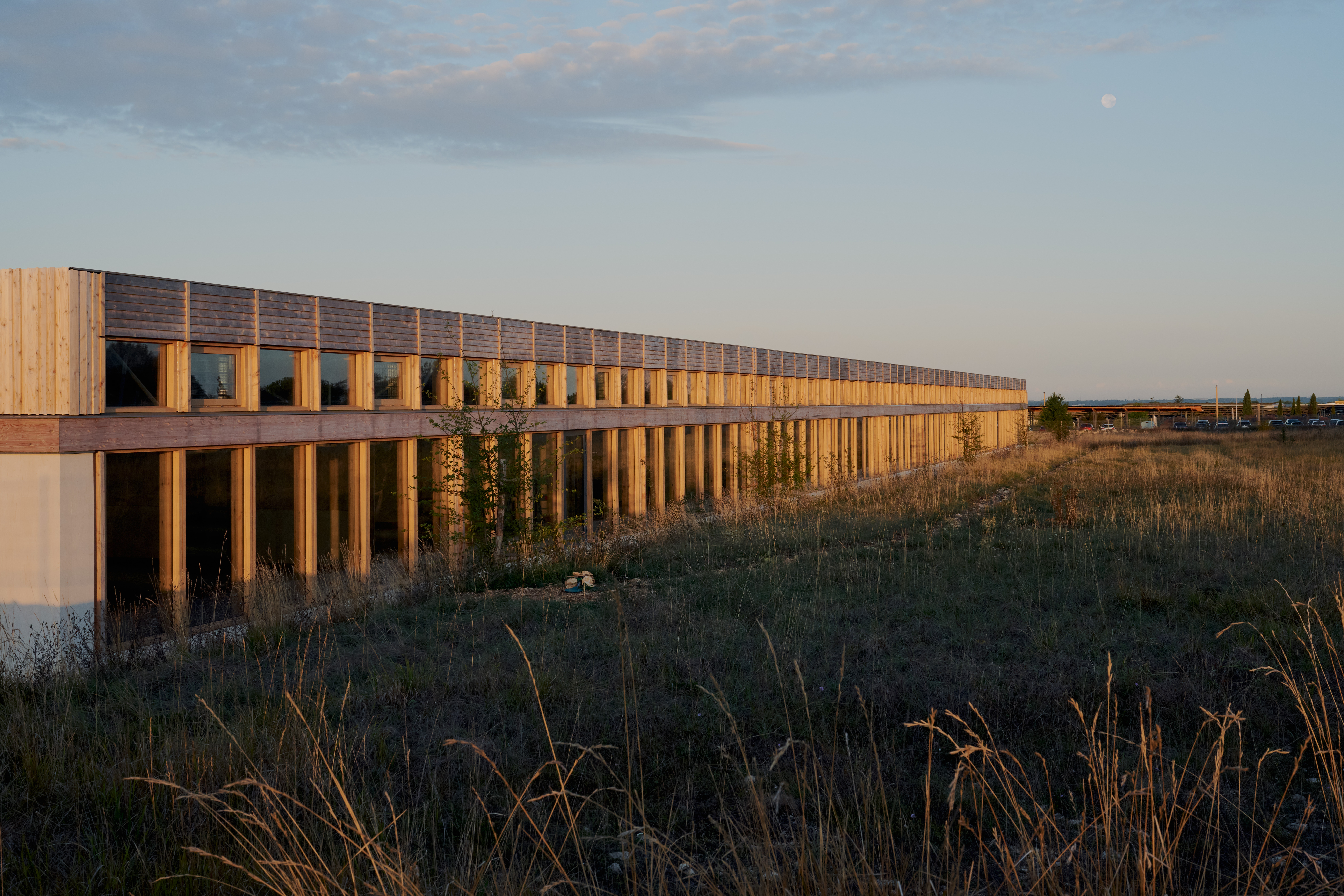 Explore the new Hermès workshop, a building designed for 'things that are not to be rushed'
Explore the new Hermès workshop, a building designed for 'things that are not to be rushed'In France, a new Hermès workshop for leather goods in the hamlet of L'Isle-d'Espagnac was conceived for taking things slow, flying the flag for the brand's craft-based approach
-
 ‘Landscape architecture is the queen of science’: Emanuele Coccia in conversation with Bas Smets
‘Landscape architecture is the queen of science’: Emanuele Coccia in conversation with Bas SmetsItalian philosopher Emanuele Coccia meets Belgian landscape architect Bas Smets to discuss nature, cities and ‘biospheric thinking’
-
 An apartment is for sale within Cité Radieuse, Le Corbusier’s iconic brutalist landmark
An apartment is for sale within Cité Radieuse, Le Corbusier’s iconic brutalist landmarkOnce a radical experiment in urban living, Cité Radieuse remains a beacon of brutalist architecture. Now, a coveted duplex within its walls has come on the market
-
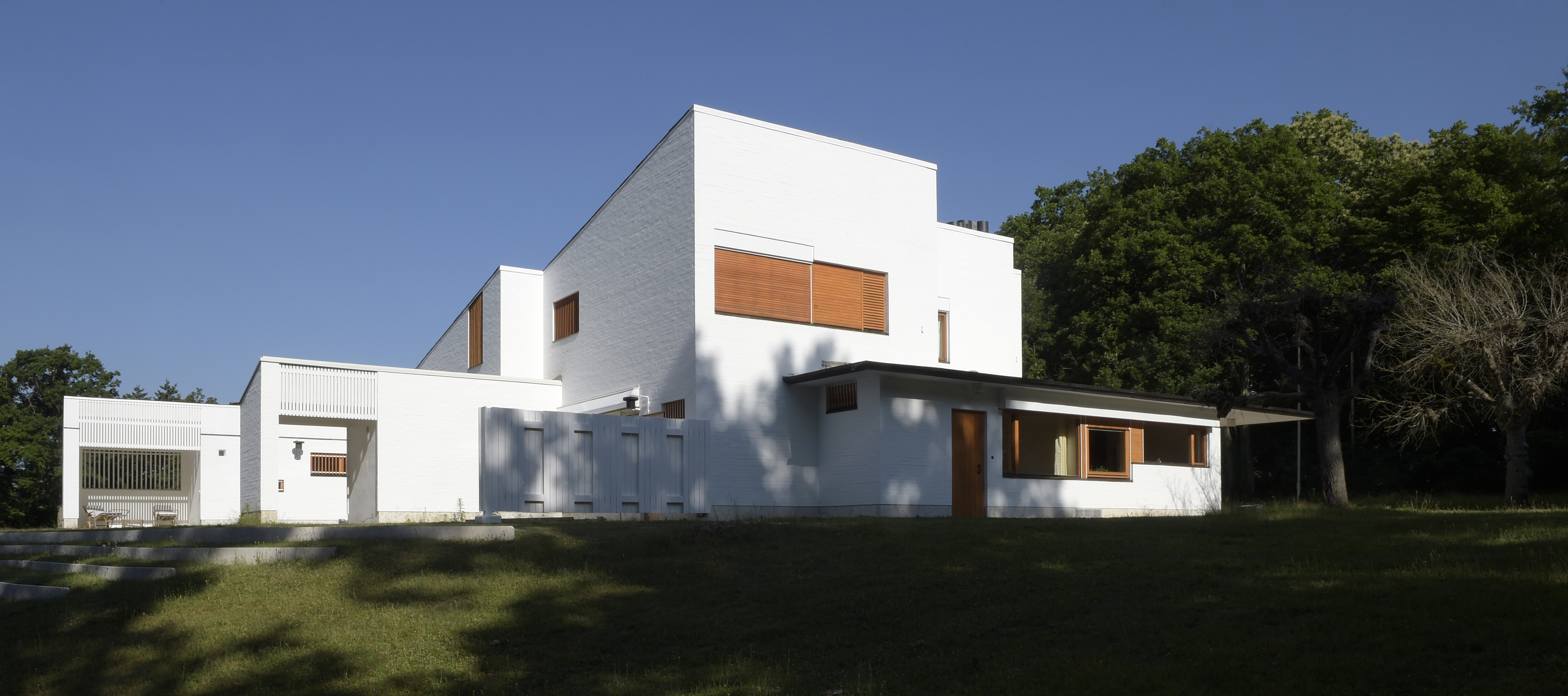 Maison Louis Carré, the only Alvar Aalto house in France, reopens after restoration
Maison Louis Carré, the only Alvar Aalto house in France, reopens after restorationDesigned by the modernist architect in the 1950s as the home of art dealer Louis Carré, the newly restored property is now open to visit again – take our tour